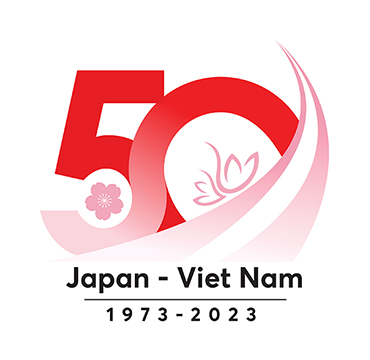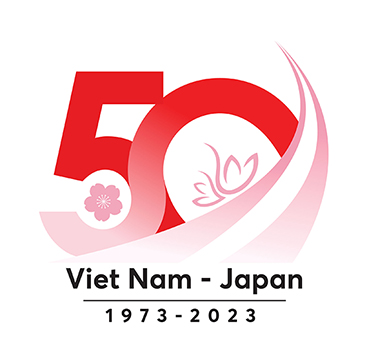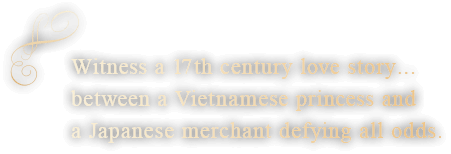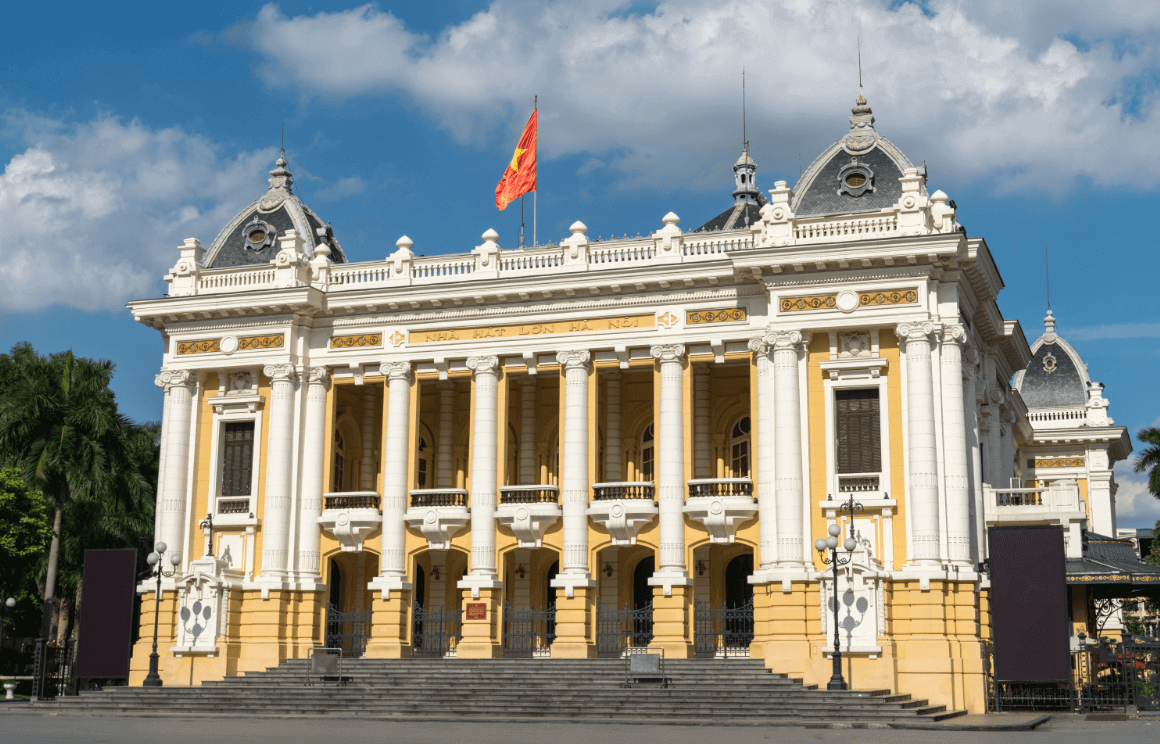Synopsis
Amid the raging sea during the early 17th century, known as the "Age of Discovery", Princess Ngoc Hoa, a princess of Quang Nam and Araki Sotaro, a Japanese merchant, met on board a red seal ship (Japanese trading ship) en route between the two countries – Vietnam and Japan. Ten years after this meeting, fate reunited them, they fell in love and expressed their desire to get married. The king of Quang Nam opposed his daughter to get married with a foreigner. Still, after seeing their deep love and steadfast determination, he allowed them to marry and saw them off to Nagasaki, Japan.
In the town of Nagasaki, the innocent Princess Ngoc Hoa cheerfully called out to Sotaro in the words of Quang Nam – "Anh Oi!". The observant people of Nagasaki heard this and began to call her "Anio-san." She was loved by the people of the town, had a daughter, and was full of happiness.
However, the tides of history threatened to splinter their love in Japan’s shores as the Nagasaki magistrate issued the closure of Japan under the sakoku system. What has become of the lovers?
Two people who loved each other as equals, regardless of their nationality and class differences. An ancient love story linking Vietnam and Japan has been revived as an opera for the modern age.


























